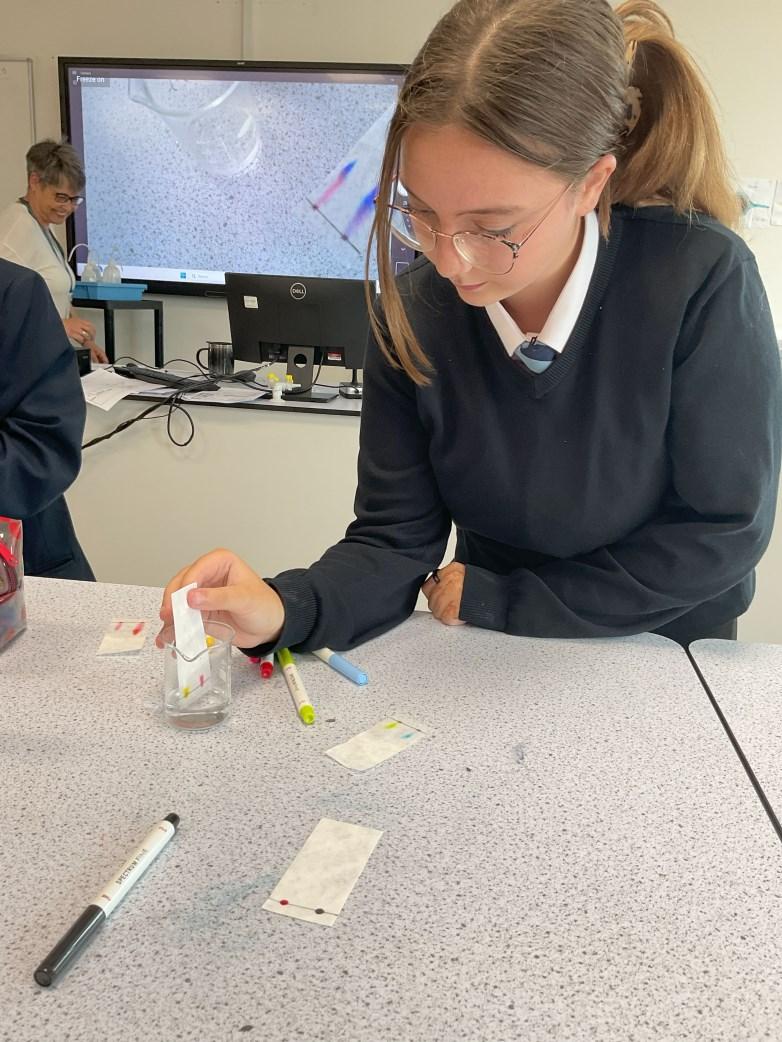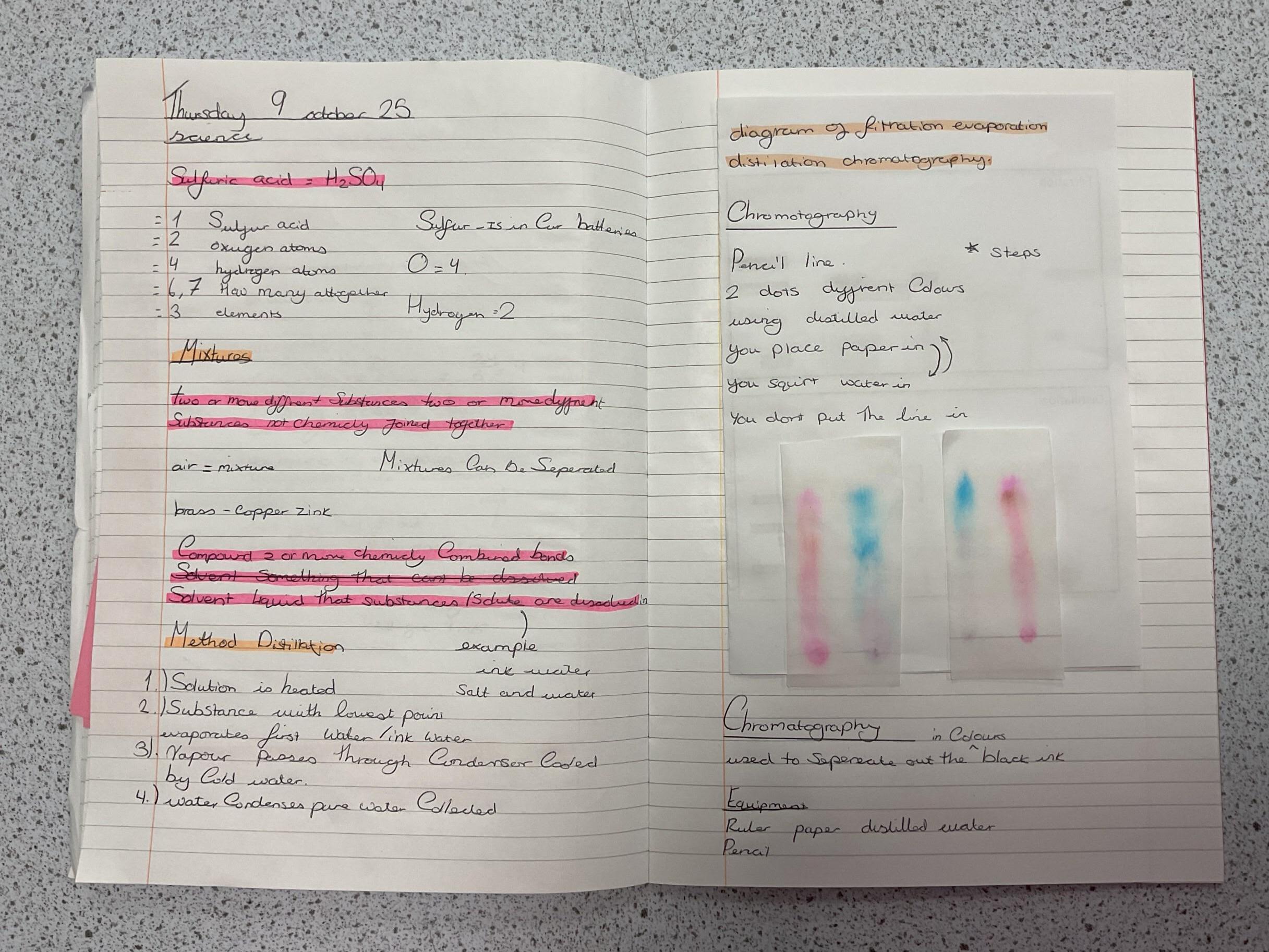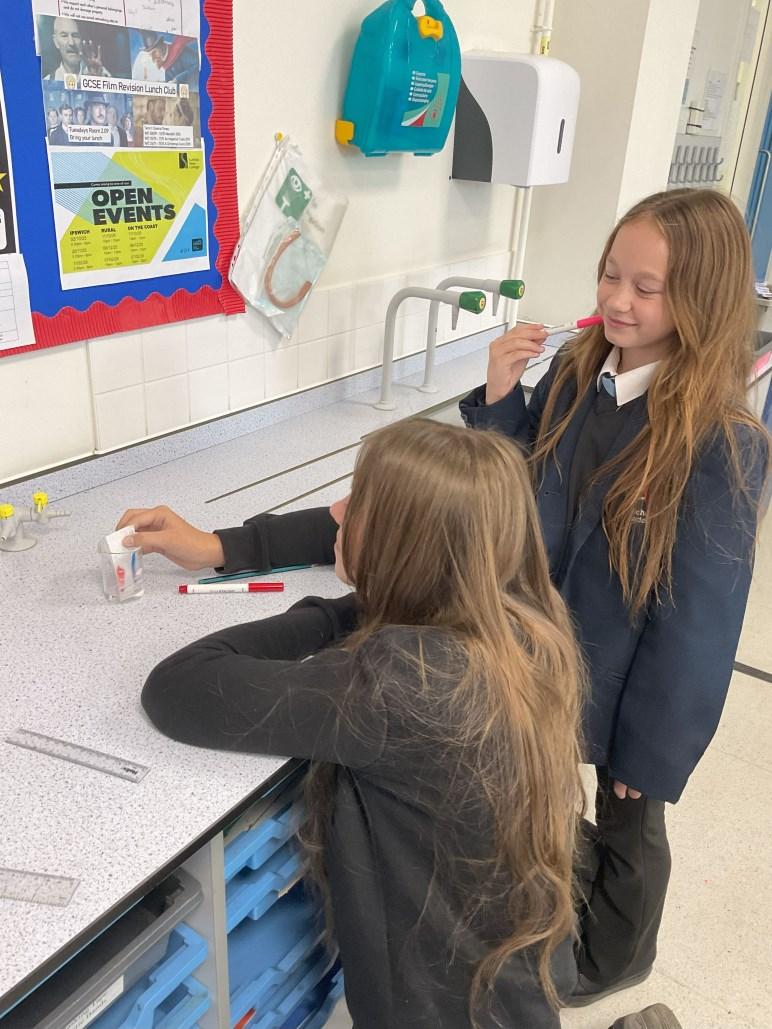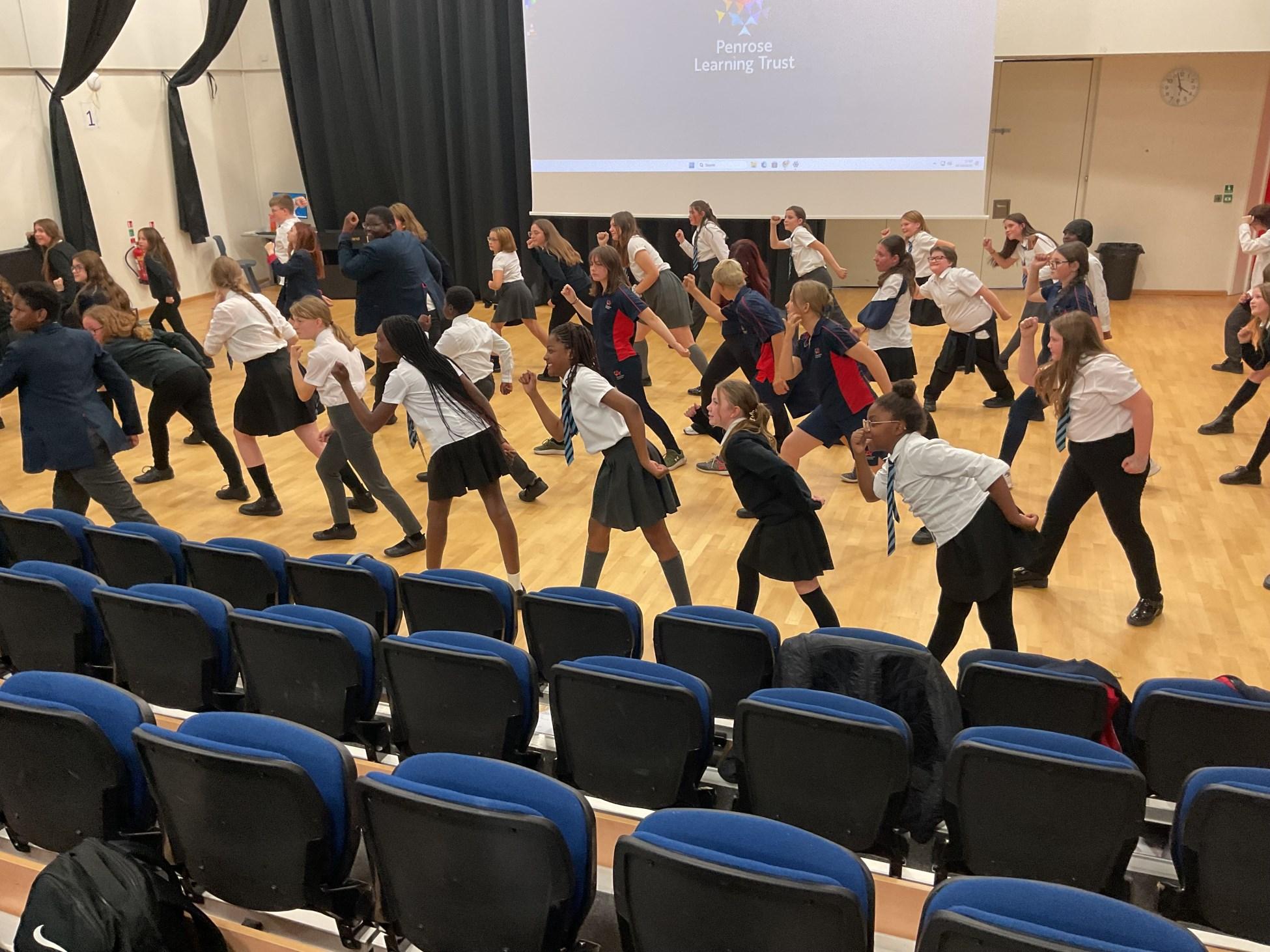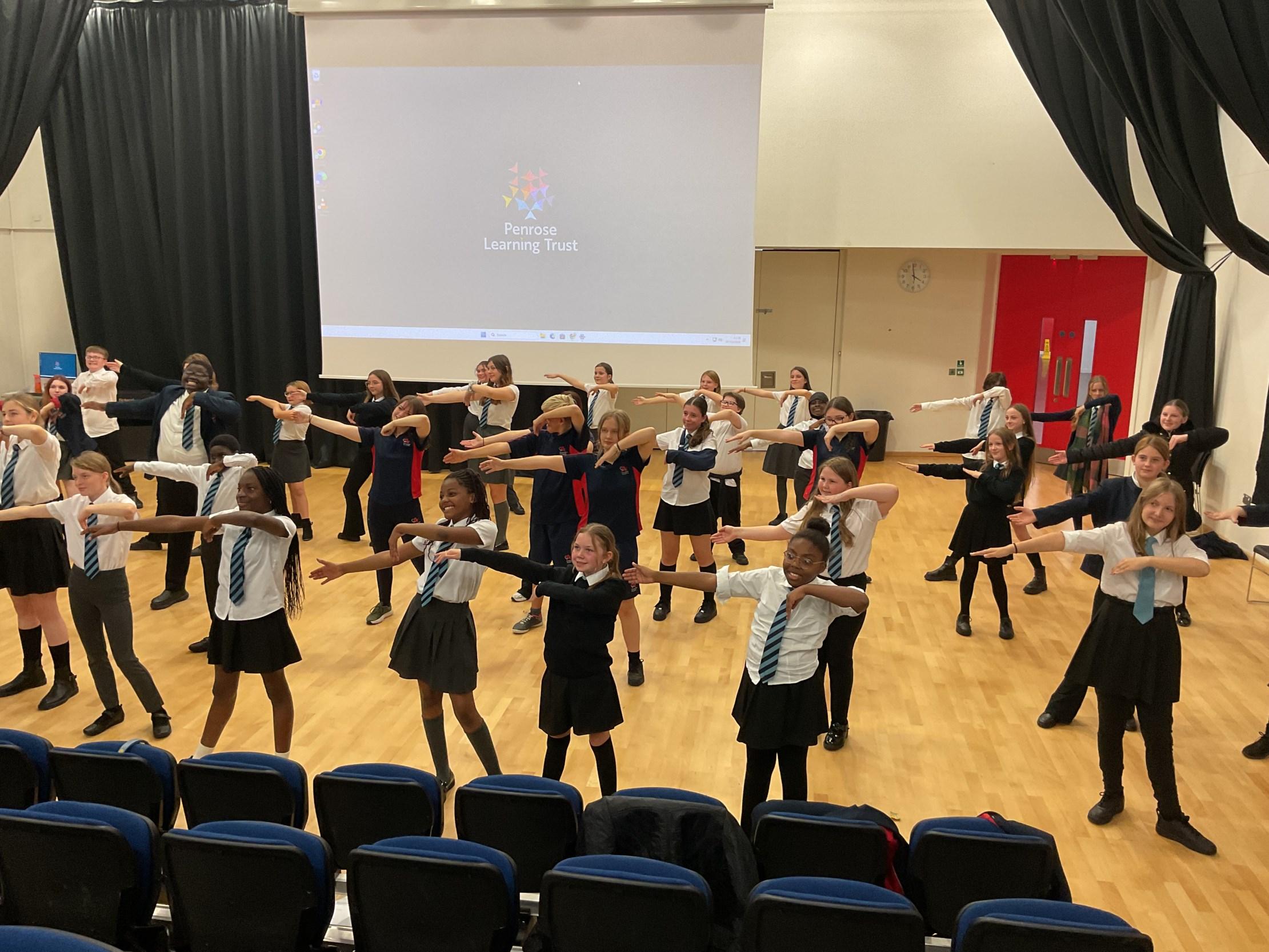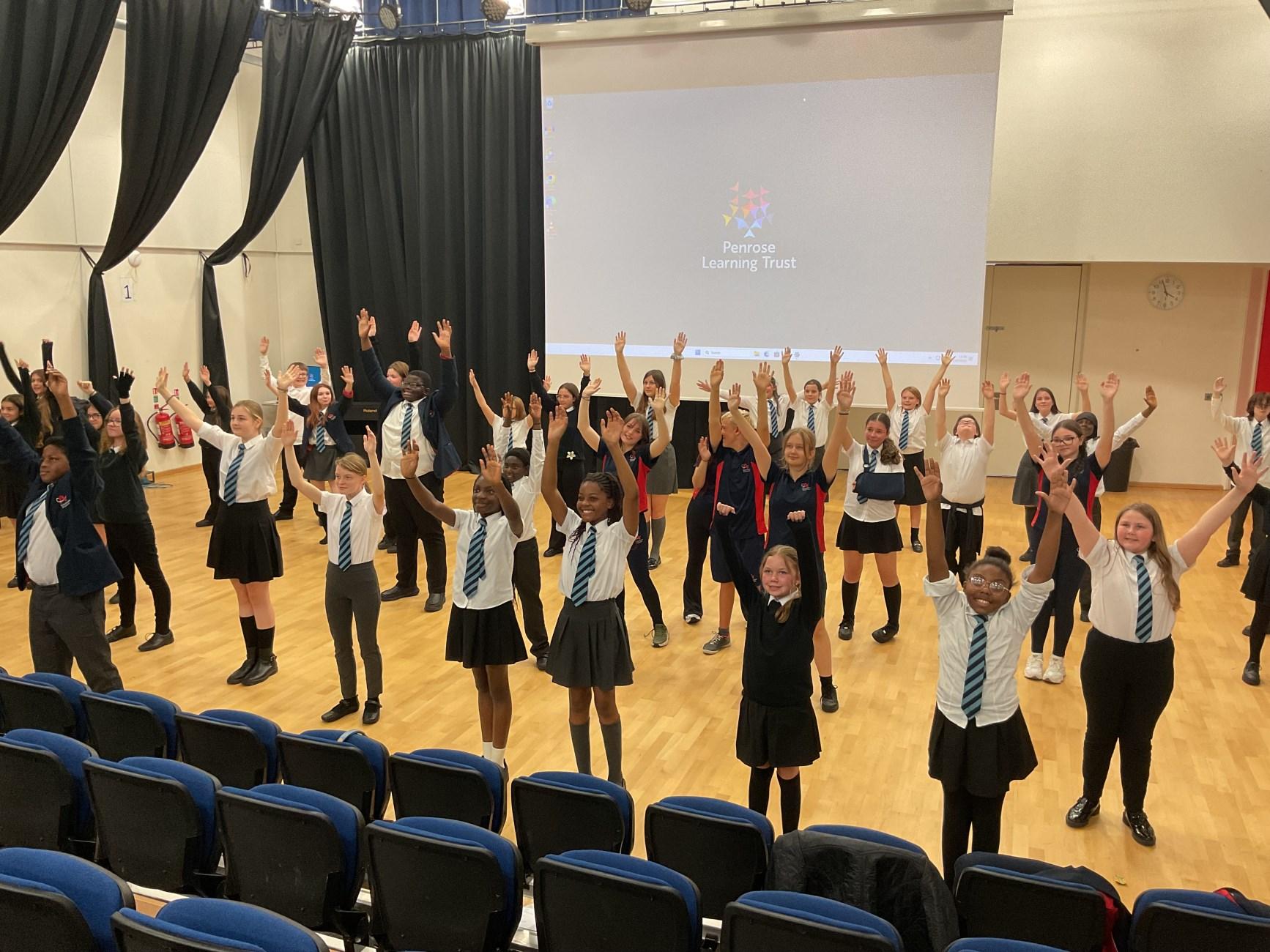
- Robert Forster
“If you deliver excellence right now, that gives you the best shot at the best future you’ve got coming.”




- Robert Forster
“If you deliver excellence right now, that gives you the best shot at the best future you’ve got coming.”


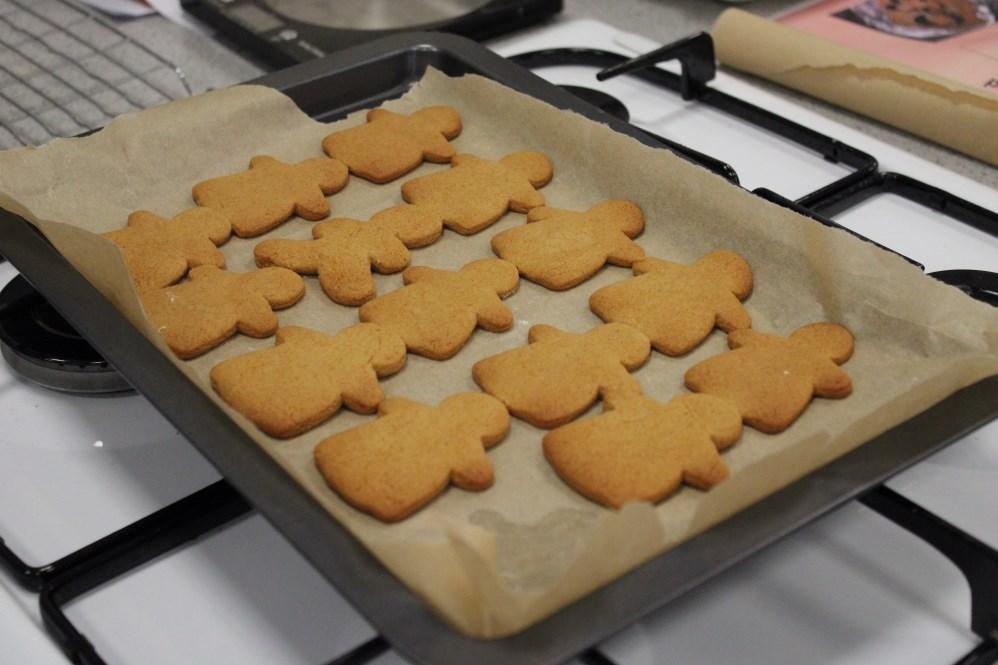
Welcome to our latest edition of Arete.

Here at Colchester Academy we strive to ensure that our young people receive the very best education, realise their full potential and are prepared to become responsible and successful citizens.
Arete means “excellence of any kind” and based on our values of Excellence, Resilience and Respect, we ensure that we make the most of every learning experience, every day. Celebration is part of the excellence process, building on practice, and sometimes failure, to achieve final pieces.
We are very proud of the excellent work of our students and hope you enjoy this selection and celebrate with us.
Mrs Betts
Principal




We can find portraits in stately homes, museums and art galleries, as well as in our own homes.
Portraiture is a very old art form going back to ancient Egypt from about 5000 years ago. Before the invention of photography (nineteenth century), a painted, sculpted or drawn portrait was the only way to record the appearance of someone.
Portraits can be paintings, drawings, sculptures, mixed media or photographs which record our changing identity.
But portraits have always been more than just a record. They have been used to show the power, importance, virtue, beauty, wealth, taste, learning or other qualities of the sitter.
In earlier times, many people would have only one portrait painted in their lifetime.
A portrait is an artistic representation of a particular person.
A self-portrait is a portrait of the artist by the artist.
When making a portrait the artist aims to show the sitter’s appearance as well as some elements of their character or personality.
Portraits often show a message. For example, the beauty of a daughter being wooed by a King, or the wealth and power of a monarch.
In Art and Design year 9 students have explored the theme of Portraits to create drawings on a range of different surfaces using various media, such as biro.


In RSHE, we were discussing the changes that might be expected in Y9 .
Praise Allanah has thought about the way Year 9 is a pivotal year and how habits formed this year will be the foundations for his KS4 education.
Students covered the events of the Johnson County war for their American West studies, we today attempted to write a first paragraph solo (without a model) of a narrative account question- where students are expected to write 3 paragraphs on the causes, events and consequences of an American West conflict. Both students have a fantastic first paragraph which cover the causes (chronology is important in this question) and analysis of the causes and how each link together. This is shown in their use of analysis phrases which are highlighted. Students have had this modelled before and completed as a we do, but today was their first attempt at a solo paragraph. Both these paragraphs cover the causes beautifully.




Matteo has been producing some fantastic work in Music, building on the skills developed in Years 7 and 8. This term he has been sequencing Dance Music, and in just three lessons has created a bassline, drumbeat, chords, and begun recording a melody. The software he is using is available to all Year 9 students, giving everyone the opportunity to explore and develop their own musical ideas.


Josh has shown impressive independence in Music, sequencing Viva La Vida with multiple instrumental parts, including drums, strings, bassline, clarinet, violin, and cello. This builds on the skills he developed in Year 9 and is already setting him up for excellent progress in BTEC Music at Key Stage 4.



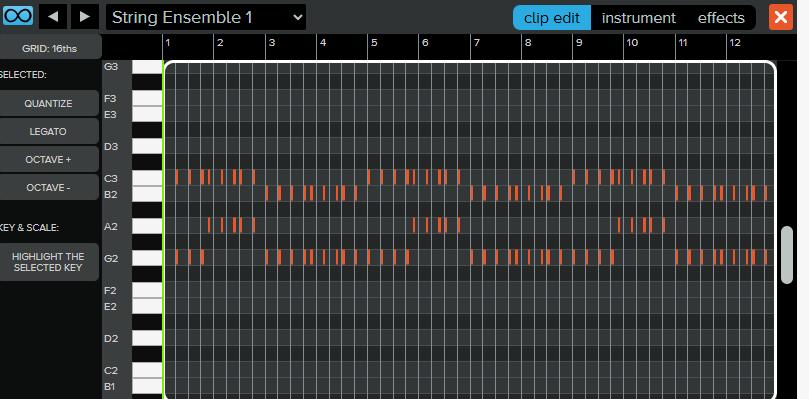










This excellent work demonstrates a thorough understanding of how tourism can reduce the development gap.
Sragvi presents a well-structured and detailed response, Incorporating a relevant case study, clear explanations, and strong supporting facts. What stands out is the way each point is carefully developed and consistently linked back to the question, showing both depth of knowledge and critical thinking. The work is clear, precise, and engaging, reflecting highlevel geography skills. It serves as a fantastic example of what strong GCSE geography writing looks like, combining insight, clarity, and well-presented evidence.

This is a piece of business coursework where students were asked to look at the activities their chosen business do and how these meet the needs. The student opposite has shown a comprehensive application to all elements of the task and gone above and beyond in research.

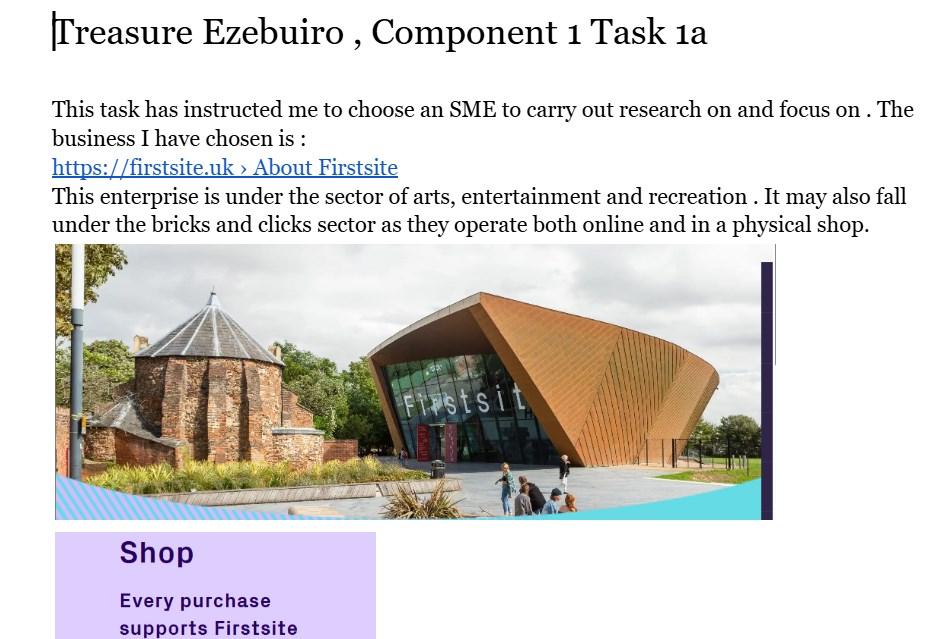
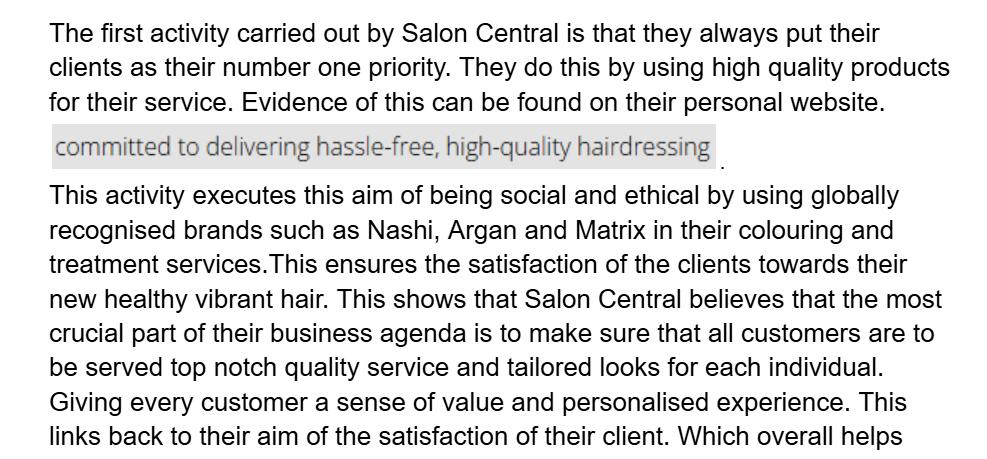


Amanda Springa (Year 10 DIT) has produced a comprehensive analysis of data collection methods within a Medical Centre Scenario. Her coursework demonstrates a strong analytical approach, clearly outlining the strengths and weaknesses of various techniques. The analysis includes a well-reasoned evaluation of data reliability and quality, concluding with practical recommendations for improvement supported by clear lines of reasoning.


For this the students were asked to detail the stages and types of play showing clear relevance to the case study provided. This student has fully detailed and developed all parts of this task to an outstanding degree.
Joel West. Year 11.


Students have been given the brief to produce a media product featuring a topic presented in an unbiased way. Ridwana has produced three excellent mock magazine front cover designs. They are conventional and match the brief excellently.




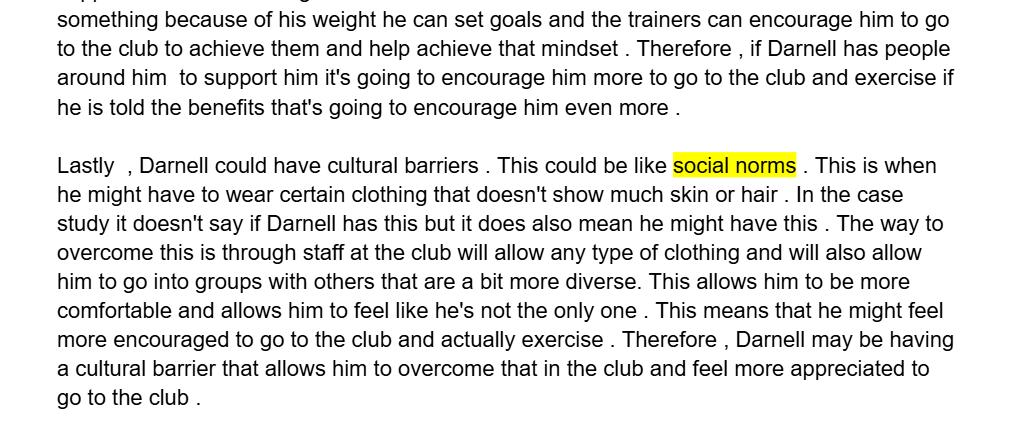

The Creative Arts Club runs every Wednesday from 3–4pm, led by our technology technician. All of the artwork you see here has been proudly created during these sessions.
Flower Ceramic Dish:
This beautiful flower-shaped ceramic dish was carefully crafted by Ridwana last year, showcasing both patience and creativity.
Collage Portrait:
Inspired by artists Polina Belenchuk, Henri Matisse, and Pablo Picasso, this collage created by Ridwana reimagines portraiture with bold colour and shape.

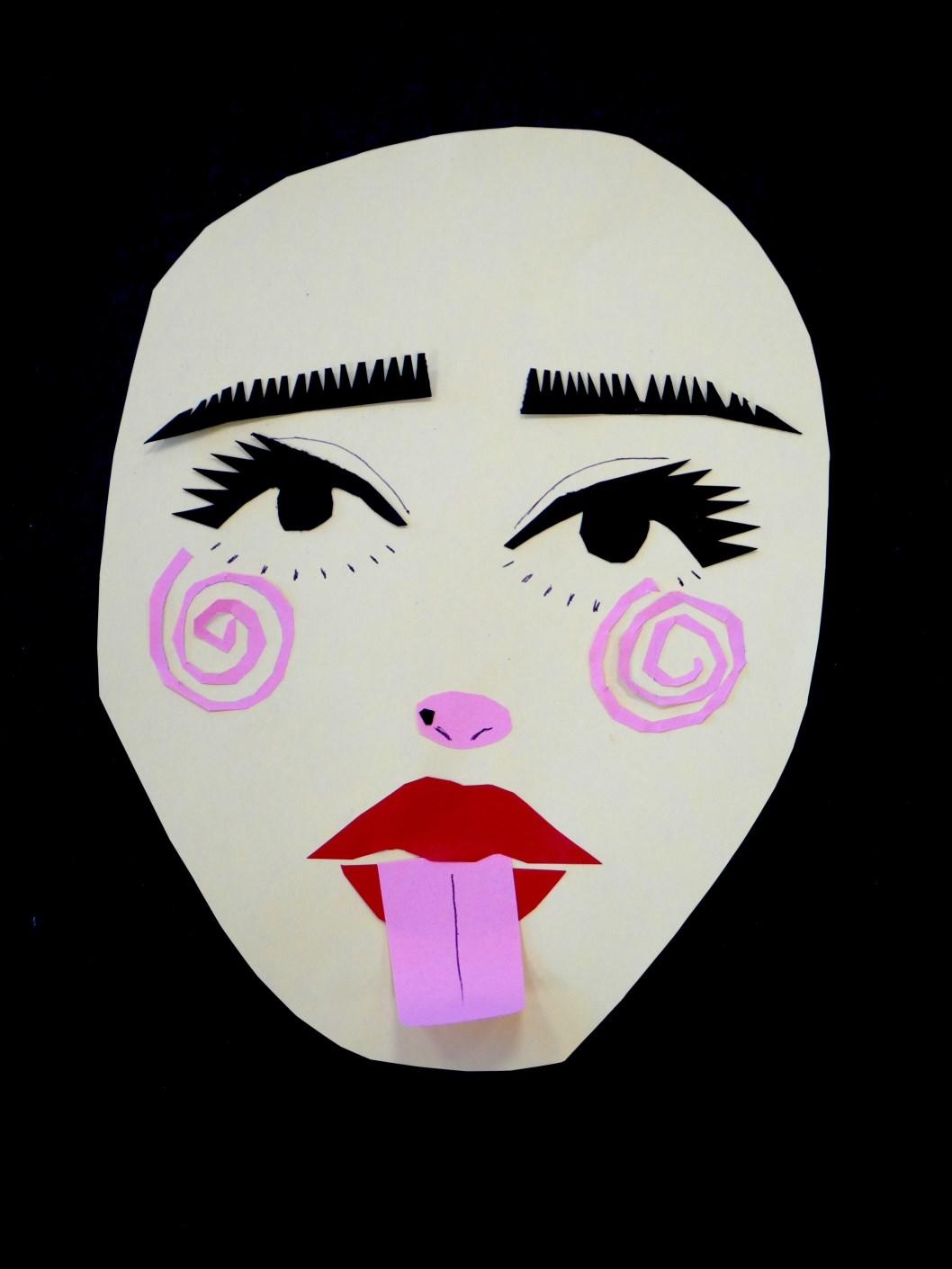

As part of our current zine project, Leila created these beautiful poly prints exploring the theme of the sea.




Year 10 students created SUSHI over two practical lessons. Students demonstrated skills which included medium and complex knife cuts. Preparation of the Sushi included knife skills such as chiffonade, brunoise and mincing.
Students then constructed the sushi to create a presentation of their final dish.










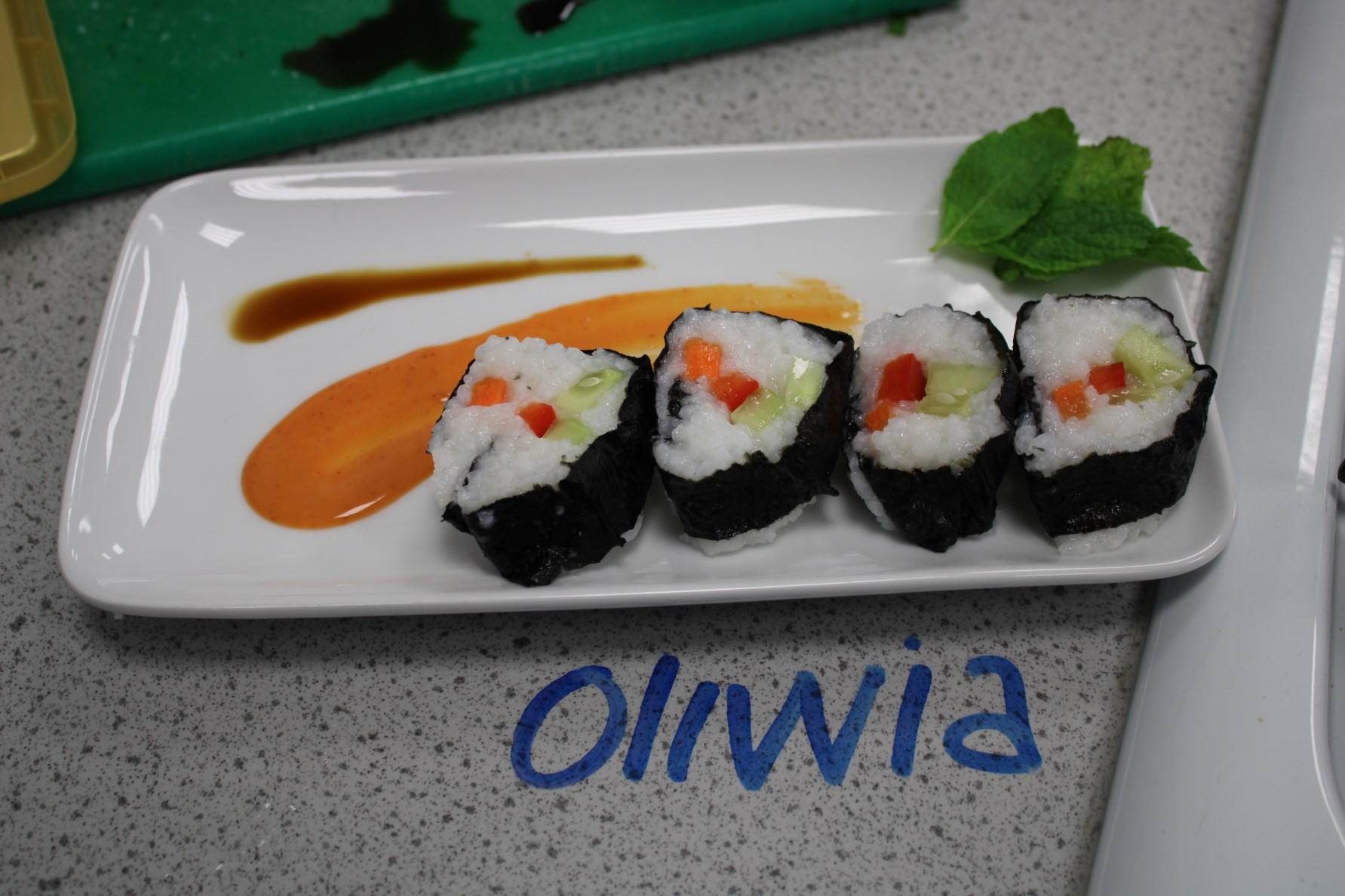

These students have demonstrated pride in their book presentation, shown an outstanding attitude to learning with their commitment to lessons and written detailed close analysis on their chosen quotations.






During this week’s Year 8 Climate walk, I had the pleasure of visiting 8y/Sc1 during their Science lesson, where they were fully engaged in a practical activity on chromatography.
The lesson was clearly and effectively modelled, allowing students to confidently apply the methodology in their practical work. It was fantastic to see such a high level of focus, independence, and teamwork as they carried out their experiments. The students were not only engaged but also genuinely curious, asking thoughtful questions and discussing their observations with one another.
Many were eager to share their outcomes with me as I walked around the room, clearly proud of their efforts. They carefully recorded their findings, stuck the evidence into their books, and completed detailed write-ups of their investigations, showing both pride in their work and a strong sense of responsibility for their learning.
The group demonstrated excellent behaviour, maturity, and a clear enthusiasm for science. It was a real pleasure to witness such a positive learning environment and to see students so invested in their progress.

